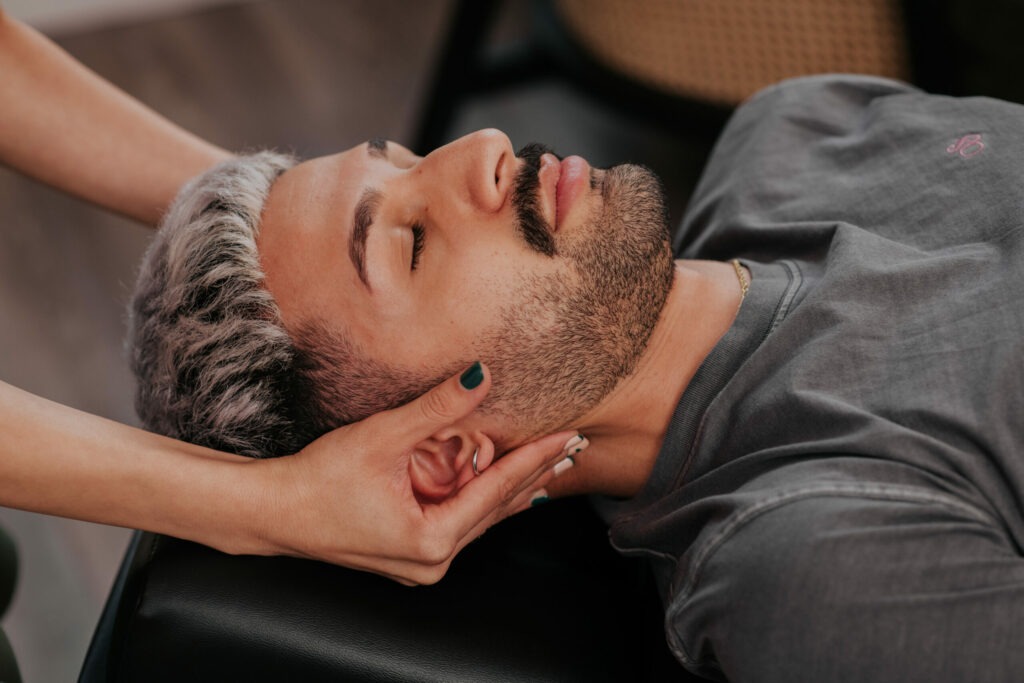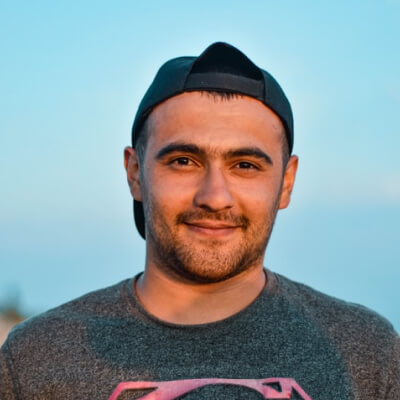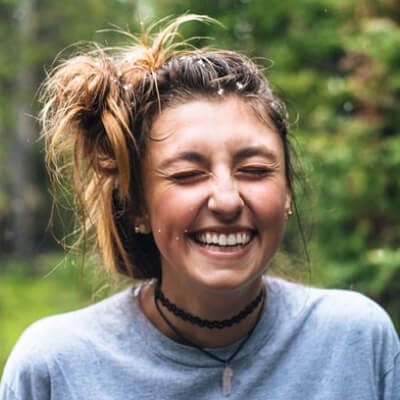Headaches
Headaches
Tension Headache:
Tension/Stress headaches are the most common type of headache. The symptoms include dull pain, tightness/pressure around the forehead, back of the head and neck. According to research in 2020, while tension headaches are typically treated with over-the-counter medications, osteopathic manipulation treatment can be an effective management option to reduce the pain and prevent future recurring. Addressing the underlying cause of tension headaches are essential as this can prevent the onset of chronic pain cycle.
The underlying cause of the tension headache is unclear but certain things have been known to trigger them including stress and anxiety, poor posture, dehydration and lack of physical activity.
The guidelines from the National Institute for Health and Care Excellence (NICE) suggested that a course of up to 10 sessions of acupuncture over a 5–8-week period may be beneficial in preventing chronic tension type headaches.
Migraine
Migraine is a common health condition, affecting 1 in every 5 women and 1 in every 15 men. It is usually moderate/severe headache that is felt as throbbing pain and frequently on one side of the head. In migraine without aura (aka. Common migraine), attacks are associated with nausea, vomiting, sensitivity to light/sound/movements.
The exact cause of migraine is unclear, although they’re thought to be the result of a disorder in which neural events lead to dilation of blood vessels, which, in turn, results in pain and further nerve activation. The pain can be generated by the triggering trigeminal nerve which gives sensation to your head and neck, this explains the common distribution of migraine pain.
Further research demonstrated that neck joints at the upper part of the neck can contribute to migraine pain and can be important target for therapy.
There is no cure for migraine, but medication can help to prevent or stop them. Nonpharmacologic therapies include education and changes in lifestyle to avoid triggering migraine. During the attack, many people find sleeping or lying in a darkened room can also help.
Cervicogenic Headache
Cervicogenic headaches (CGH) presents as one-sided pain that starts in the neck and usually occurs after sudden neck movement or when neck remains in the same position for some time. The mean age of patients suffering from CGH is 42.9 years and CGH is four time more common in women. The symptoms of CGH may mimic those commonly presented in tension headache and migraine. Some of the symptoms include:
- Pain on one side of the head/face
- Pain during coughing/sneezing or taking a deep breath
- Neck stiffness
CGH may be caused trauma such as fracture, whiplash injury or an underlying medical condition such as rheumatoid arthritis.

Cluster headache
Cluster headaches (CH)are excruciating attacks of pain in one side of the head, often localized around the eye. Cluster Headaches which are linked to the circadian rhythm (i.e., your body’s 24-hour clock), often happen 1-2 hours after falling asleep or in the early morning and people tend to get them at the same time each year such as spring or fall.
Compared with migraine, CH is uncommon and patients suffering from this are restless and tend to pace or rock back and forth during an attack.
The exact cause of CH is currently unknown. However, studies showed during CH attacks, a deeper part of the brain called hypothalamus which controls your circadian rhythm is activated. This reinforces the hypothesis that hypothalamus may be the CH generator.
There are several options in treating CH including:
- Acute attack treatment such as inhalation of pure oxygen, sumatriptan injection/nasal spray
- Transcutaneous vagus nerve stimulation (TVNS): you place a small handheld device on the side of your neck. TVNS uses low-voltage electrical current to stimulate a nerve in the neck.
- Stimulation device implantation: a small electrical device is implanted in a cavity in the side of your face. It sends electrical currents that stimulate parasympathetic nervous system that is associate with CH.
- If nothing else works, surgery may be an option. Most procedures involve blocking the trigeminal nerve which controls the area around your eye.
In many regards, the pharmacological treatments for headaches can have potential adverse effects and may be beneficial to the individual by masking the pain and the symptoms rather than treating the underlying cause. Thus, non-pharmacological alternatives such as osteopathy is important for detecting the underlying cause and helping individuals who are unable to tolerate medications or do not wish to take medications.
What Our Clients Say

I got in touch with osteoandspinal after my second knee surgery as I was concerned about my recovery. After my initial consultation, Mahsa explained the issue and laid out a thorough plan for rehabilitating my knee. Following the recommended exercises and after a few adjustments, I’m already feeling stronger and more confident. I am very pleased with the results and would highly recommend osteoandspinal clinic.
Aryan R

I can’t recommend this place enough! I visited osteoandspinal during my pregnancy when I developed a severe back pain. Mahsa made me feel comfortable and at ease by explaining all aspects of the treatment. Over the next couple of visits, she managed to reduce the pain through adjustments and acupuncture.
Sophia O
Ready To Book?
If you would like to arrange an appointment you can book online by clicking below. Alternatively you can get in touch with us on 07464 637437 or reception@osteoandspinal.co.uk
